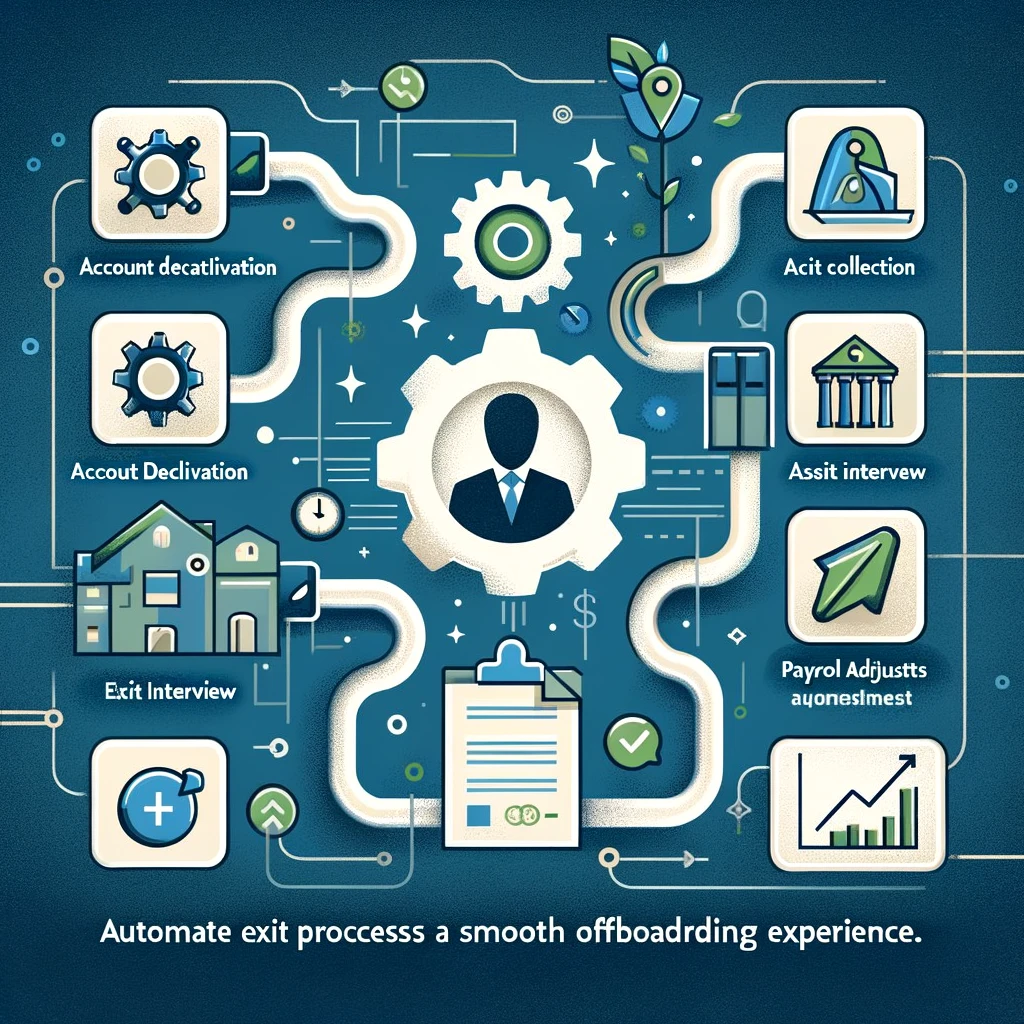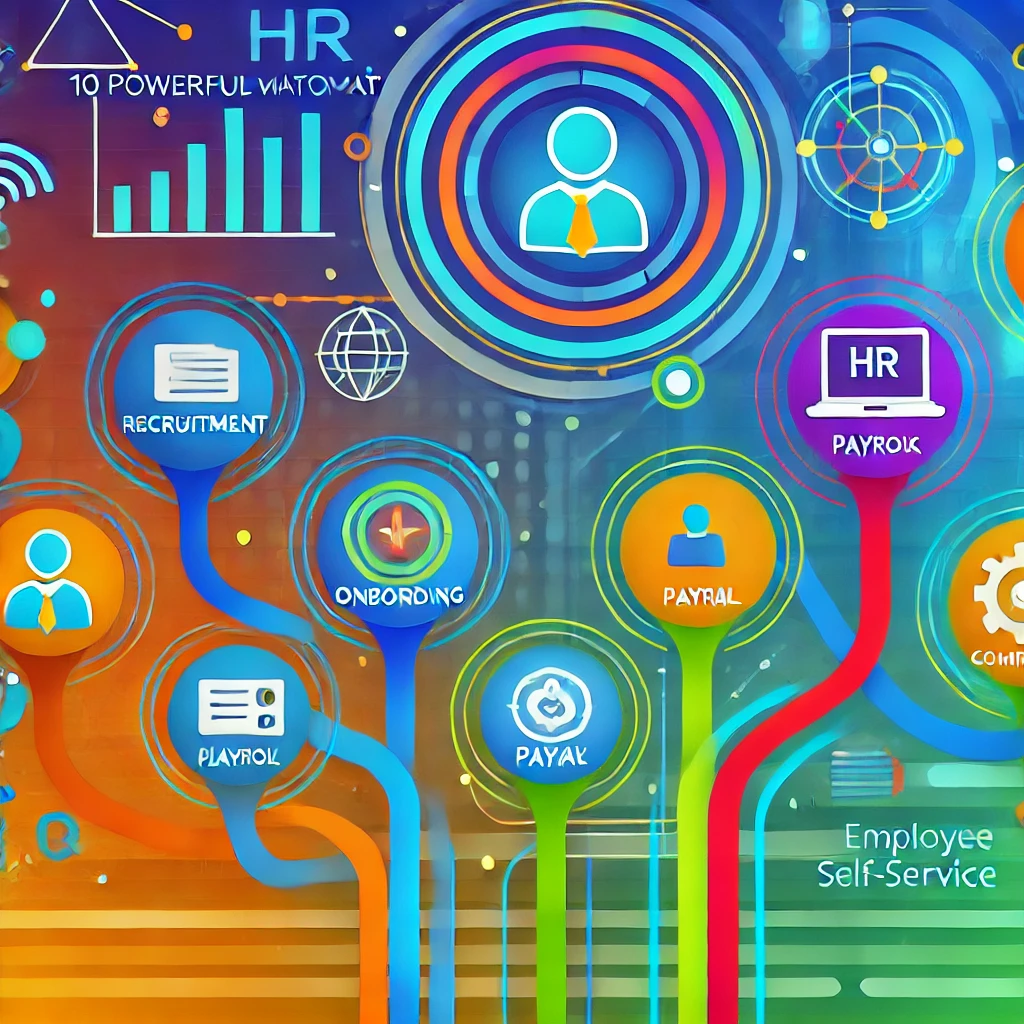Automate HR Processes by leveraging API-based automation to help teams streamline tasks from recruiting to payroll, creating a smoother, more efficient operation. In today’s fast-paced work environment, automating repetitive HR tasks doesn’t just save time—it allows HR professionals to focus on strategic, high-impact initiatives like employee engagement and development. This guide breaks down ten powerful ways to implement API-based automation in HR, offering practical insights, real-world applications, and tips for seamless integration into your workflows. From recruitment automation to streamlined payroll and performance management, we’ll explore how API technology can optimize each step in the HR process, ultimately fostering a more agile and people-focused HR department.
Table of Contents
By embracing API-based HR automation, organizations can shift from reactive, administrative-heavy tasks to proactive, strategic initiatives that truly drive value for employees and the business. Let’s dive into how these automation techniques can transform your HR operations and deliver a better experience for your entire workforce.
The video below provides an in-depth look at the development and functionality of FutureTech Solutions’ HR chatbot, designed to streamline employee inquiries and support HR functions. It covers the integration of OpenAI’s API, which powers the chatbot’s responses to questions about company policies, benefits, leave, and payroll. The bot also assists HR by parsing resumes, aligning candidate skills with job needs, and organizing onboarding processes. It offers a checklist for new hires, guides through training resources, and automates reminders, making HR support more efficient and accessible.
Transform Recruiting with Automated Applicant Tracking Systems
Recruitment can be a time-intensive process, but API-based automation can change that by making applicant tracking more efficient. API-driven applicant tracking systems (ATS) allow HR teams to effortlessly manage candidate data, track applications, and send real-time updates, creating a smoother hiring experience for both recruiters and candidates. With APIs, your ATS can integrate with job boards, social media platforms, and even your company’s internal systems to automatically pull candidate information directly into the tracking system.
This setup reduces manual data entry and minimizes the risk of errors, ensuring candidate information is consistent across all platforms. For example, popular ATS platforms such as Greenhouse and Lever support a wide range of API integrations, enabling them to pull candidate information directly from LinkedIn, job boards, and email applications. By linking your ATS with other HR software, you create a centralized repository for candidate information, making it easier to track each applicant’s progress, communicate promptly, and streamline onboarding for new hires. This not only speeds up the hiring process but also enhances the candidate experience, making your organization more attractive to top talent.
Streamline Employee Onboarding for a Great First Impression
Onboarding is a crucial period where new employees form their initial impressions of the company. Automating onboarding tasks through API-based solutions creates a smooth, welcoming experience that sets new hires up for success from day one. APIs can connect your HR management systems (HRMS) with payroll, IT, and communication tools, automatically triggering essential tasks like issuing credentials, setting up accounts, and granting access to necessary resources upon hiring.
This integration ensures that new hires receive everything they need, such as login credentials, company handbooks, and introductions, as soon as they start, without any delays or manual follow-ups. For instance, by connecting your HRMS with tools like Slack or Microsoft Teams, you can send automated welcome messages to new hires and introduce them to their team in real time. Furthermore, connecting with e-signature tools like DocuSign streamlines document completion, allowing new employees to fill out essential paperwork electronically. This approach reduces onboarding time, enhances the employee experience, and allows HR teams to focus on building meaningful connections with new hires instead of getting bogged down in administrative details.
Our blog delves into the transformative power of API integrations for enhancing both employee onboarding and sales processes. By automating onboarding tasks, APIs streamline new hire experiences, reducing manual HR efforts and ensuring consistency across each step. For sales, API integrations can boost efficiency by automating lead management, tracking customer interactions, and syncing data across platforms, leading to better team coordination and faster response times. Discover how embracing API automation can foster growth and simplify operations for a seamless experience across HR and sales.
Optimize Payroll Processing with Real-Time Data Syncing
Payroll processing is one of HR’s most crucial tasks, and errors can have serious consequences, impacting employee trust and organizational compliance. API-based automation enables real-time data syncing between HR software and payroll systems, ensuring that any updates to employee profiles, such as salary adjustments or role changes, are instantly reflected in payroll calculations. This approach eliminates the need for manual data entry and significantly reduces the risk of human error, which can save time and improve accuracy.
Additionally, automated payroll integration simplifies compliance, as tax information can be updated automatically based on specific regional requirements. Many payroll systems, such as Gusto and ADP, provide robust API integrations that connect seamlessly with HRMS, making payroll processing faster and more accurate. By removing manual data entry and creating a continuous data flow between HR and payroll, organizations can improve their payroll efficiency, ensuring employees are paid correctly and on time, which boosts overall employee satisfaction.
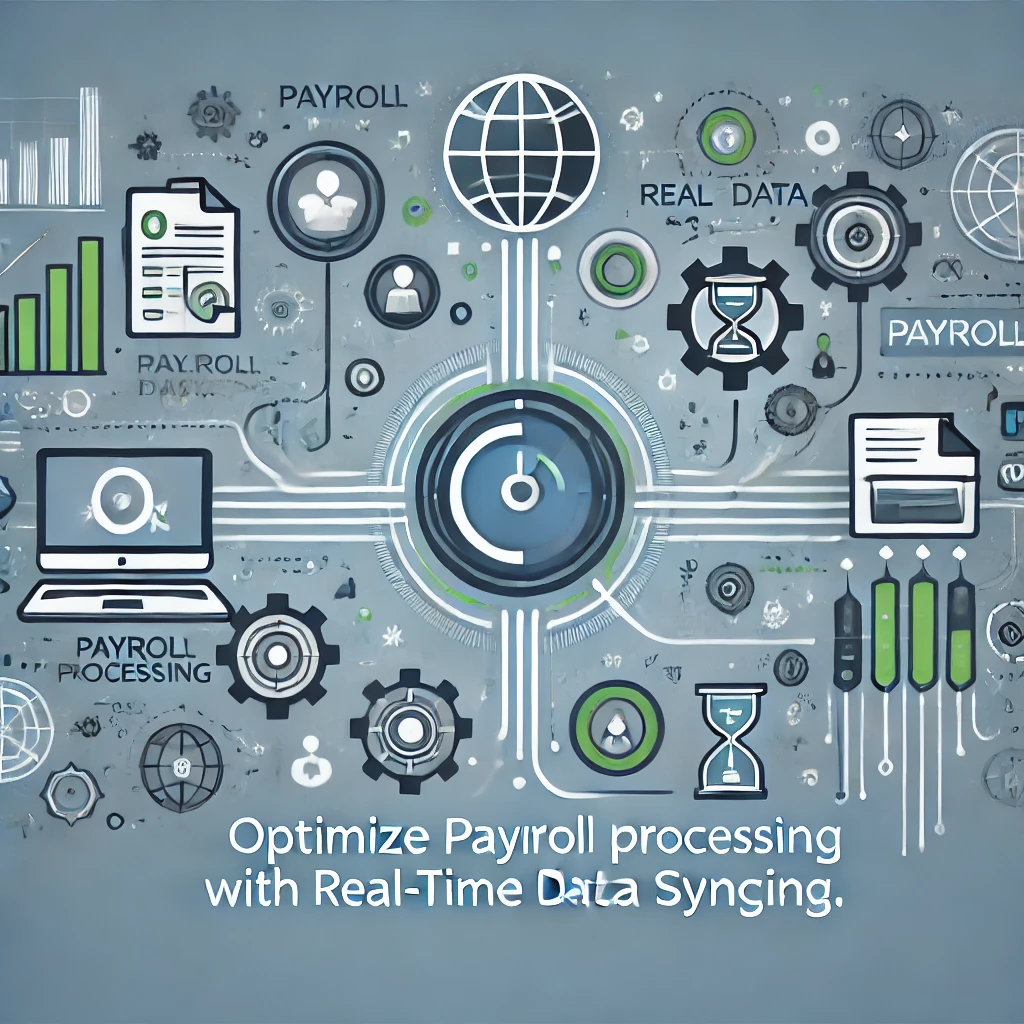
Automate HR Processes to Enhance Employee Self-Service with Secure Data Access
Employee self-service portals have become a valuable tool in HR, allowing employees to manage their personal information, access payslips, review benefits, and update performance reviews independently. API-based automation empowers employees by linking your HRMS with a secure self-service portal where they can view and update their information without the need for HR intervention.
For example, an HRMS like BambooHR can be connected to an employee self-service portal, cutting down on the administrative burden for HR teams and improving employee satisfaction by offering transparency and easy access to essential information. By providing employees with control over their data, they can handle day-to-day administrative tasks themselves, reducing the workload for HR and allowing the department to focus on strategic initiatives. This approach not only saves time but also builds trust with employees by giving them greater visibility into their own data.
Drive Performance Management with Data Integration
Performance management requires a comprehensive view of employee achievements, goals, and feedback, and API integration can help create that. By connecting data from different performance and project management tools, HR teams can develop a more holistic profile for each employee, identifying their strengths and areas for growth more accurately. APIs can link various systems, allowing performance data from project management platforms like Asana or Monday.com to be seamlessly pulled into the HR dashboard.
This integration provides HR leaders with real-time insights into each employee’s contributions and productivity trends, facilitating data-driven decisions around promotions, rewards, and training needs. Additionally, API-based performance tracking enables continuous feedback, helping to create a dynamic culture of improvement and growth. By leveraging API integrations, HR departments can move beyond annual reviews and cultivate a more responsive and effective performance management process.
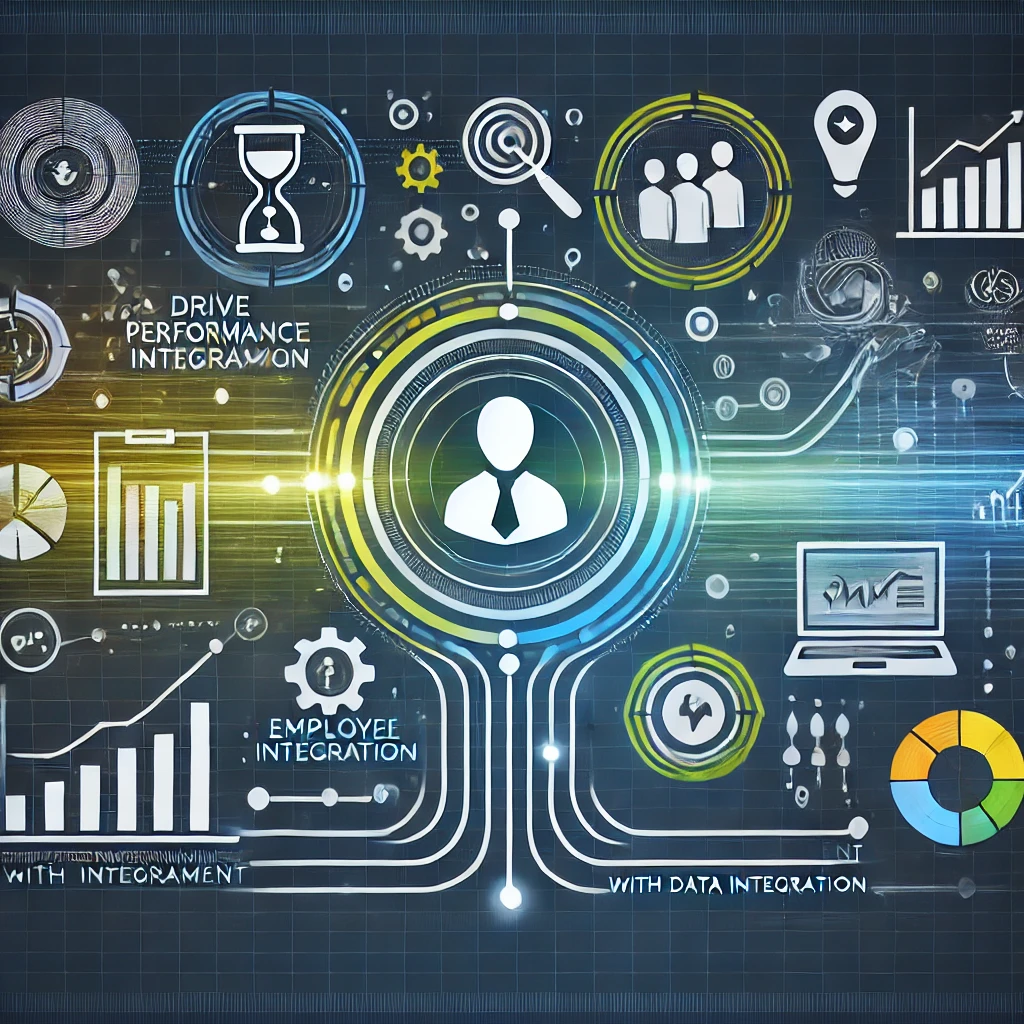
Automate Compliance and Reporting for a Hassle-Free Audit
HR departments are tasked with compliance tracking and reporting, which can be complex and time-consuming without automation. APIs simplify this process by connecting HR data with compliance software, enabling real-time tracking and reporting on labor laws, tax information, and benefits administration. By automating these tasks, HR departments can generate up-to-date reports at the click of a button, making it easier to manage compliance.
For instance, Zenefits provides APIs that facilitate compliance management by automating audit trails, securely storing records, and generating reports in real time. This not only minimizes the risk of human error but also ensures that HR is prepared for audits with accurate, ready-to-use documentation. Automated compliance reduces stress, saves time, and empowers HR to focus on strategic tasks, knowing that routine compliance needs are consistently met.
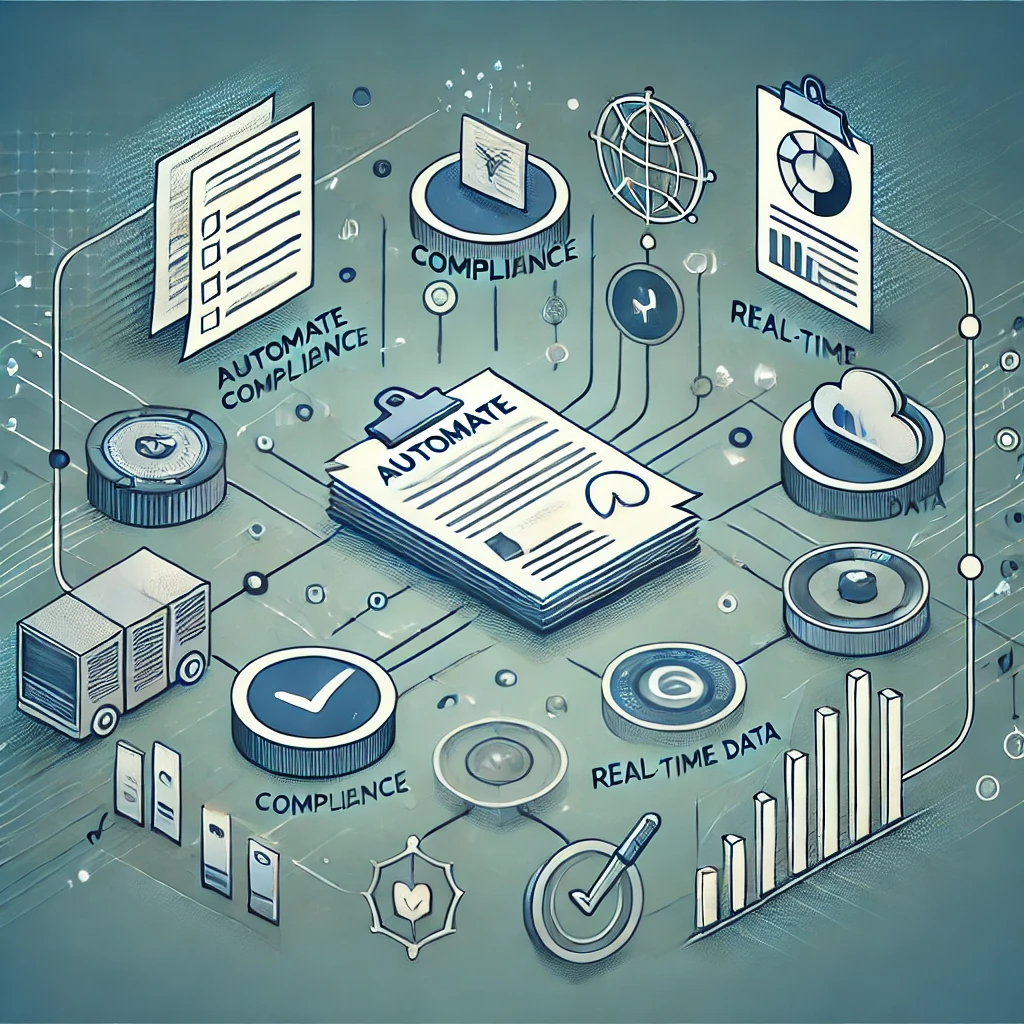
Improve Attendance Tracking with API-Powered Timekeeping
Accurate attendance tracking is essential for payroll, performance assessment, and workforce management, but manual time tracking can lead to discrepancies. API-based automation streamlines attendance tracking by connecting timekeeping systems with payroll, ensuring that worked hours are accurately logged and synced in real-time. This integration simplifies payroll processing and helps managers keep a close eye on attendance patterns.
For instance, integrating attendance tracking platforms like Clockify with your payroll system removes the need for manual data entry, ensuring accuracy and timeliness. Real-time syncing improves data accuracy and provides managers with valuable insights into attendance patterns, helping them proactively address issues such as absenteeism or late arrivals. This automation not only improves accuracy but also saves HR time, allowing for more efficient workforce management.
Boost Employee Engagement Through Automated Recognition Systems
Recognition is a key driver of employee engagement, and automated recognition systems can make it easier for managers and peers to celebrate achievements and acknowledge hard work. API-based integrations with recognition platforms like Bonusly or Kazoo enable a seamless connection with communication tools, making recognition part of the daily workflow.
Automated recognition can be configured to send notifications or badges for various accomplishments, from project completions to work anniversaries, and can even integrate with communication tools like Slack for real-time visibility. These automated touches help foster a positive workplace culture, boost employee motivation, and reinforce company values. When employees feel appreciated, they are more likely to be engaged, productive, and loyal.
Simplify Benefits Administration with Integrated Solutions
Managing employee benefits can be complex, especially in large organizations. API-based integrations allow HR teams to connect their HRMS with benefits providers, ensuring that benefits data is synchronized and up-to-date, giving employees a seamless experience when managing their benefits.
Platforms like Zenefits and Rippling offer API integrations that simplify benefits management by linking HR systems with benefits providers, making it easy to manage enrollments, contributions, and compliance. Automated benefits administration reduces the administrative burden on HR and gives employees direct access to their benefits information through self-service portals, improving both efficiency and transparency.
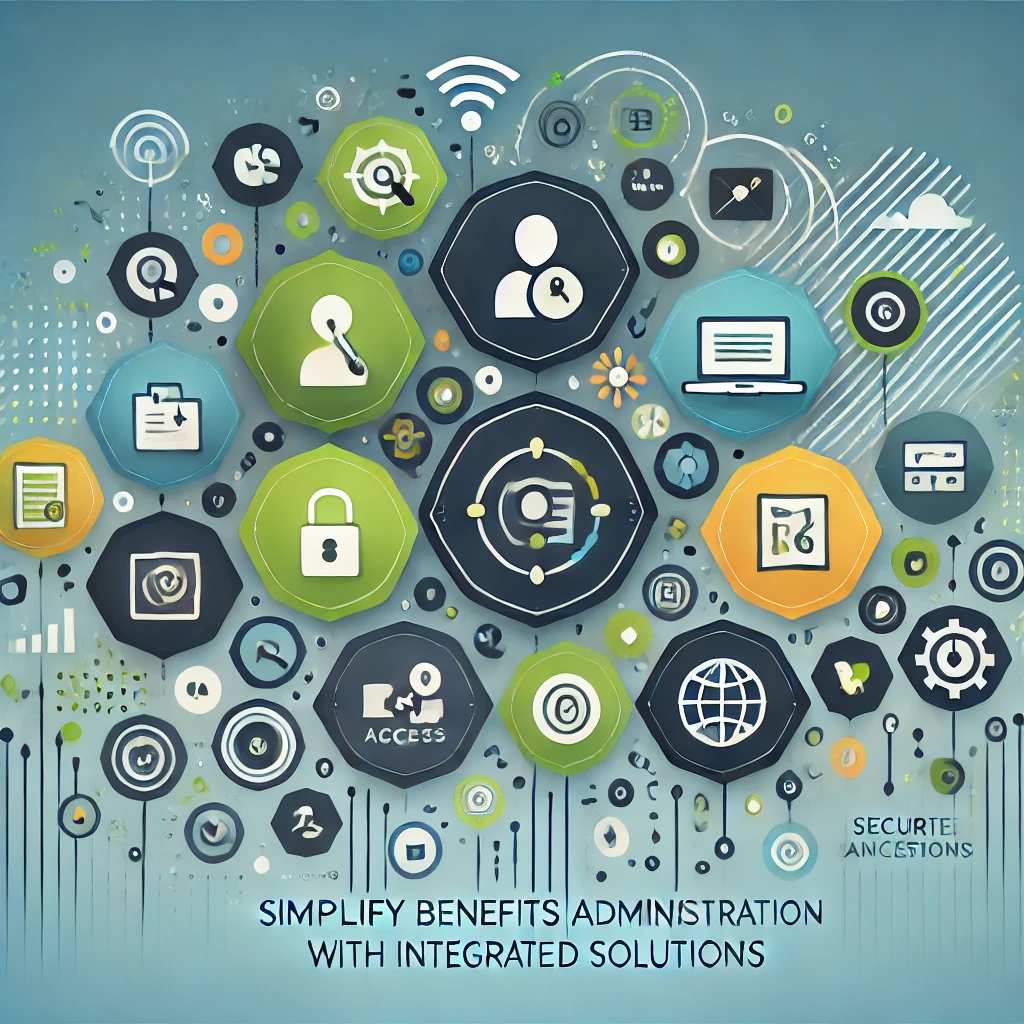
Automate Exit Processes for a Smooth Offboarding Experience
Offboarding is a critical yet often overlooked process that ensures a smooth transition for both the departing employee and the company. API-driven automation can manage various offboarding tasks, such as revoking system access, collecting company assets, and scheduling exit interviews, creating a seamless experience for all involved.
By integrating HRMS with IT and payroll, APIs ensure that necessary offboarding tasks are completed systematically, reducing the risk of oversight. For example, platforms like Okta can automate the deactivation of company accounts, which protects sensitive information from unauthorized access after an employee leaves. A structured offboarding process leaves a positive last impression, mitigates potential security risks
